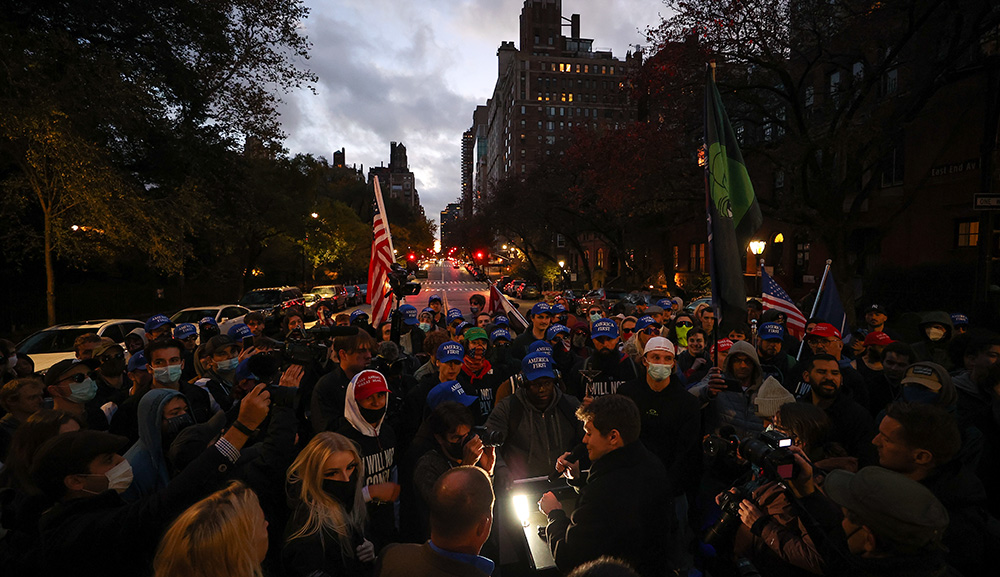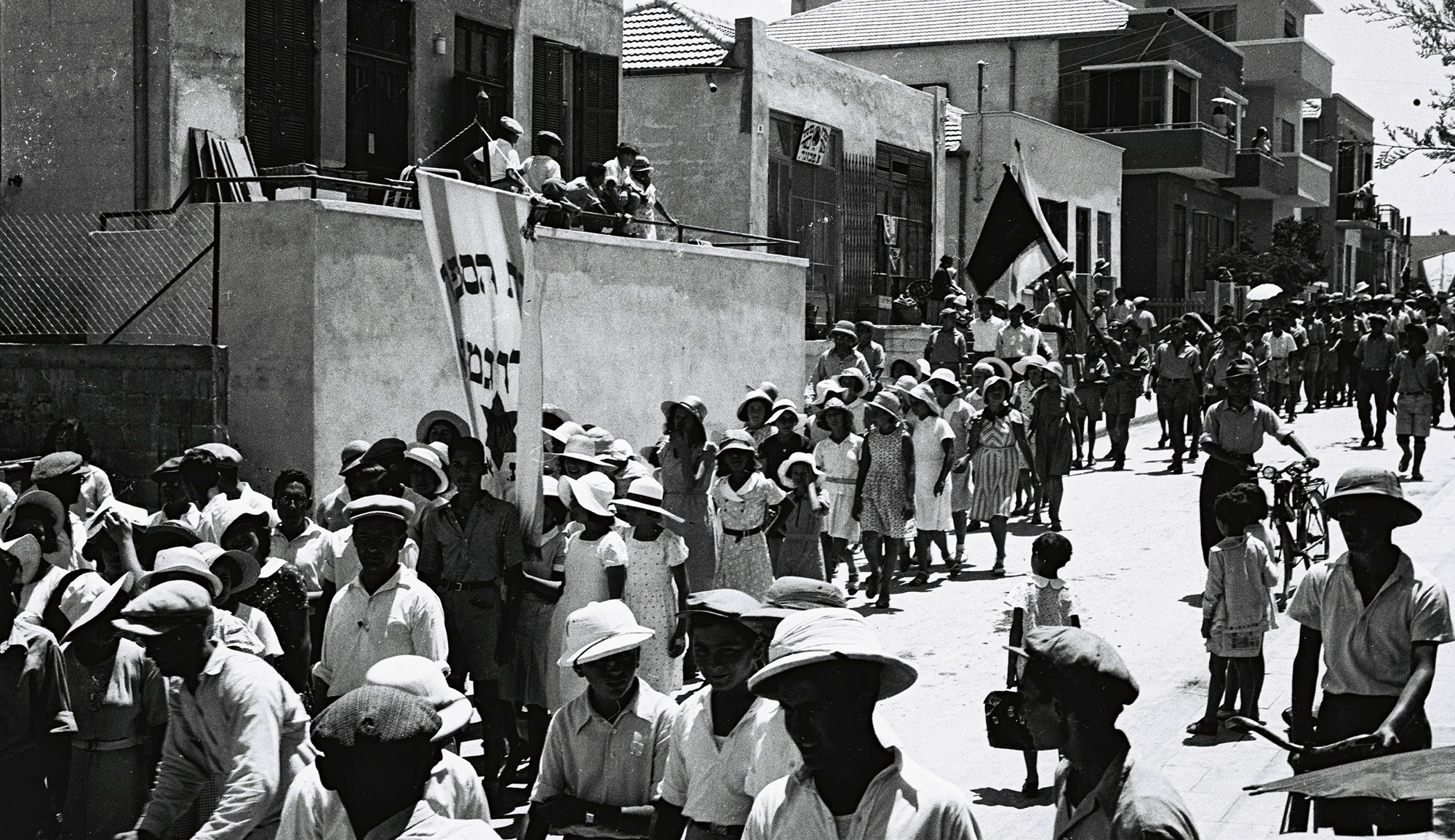Last summer, Princeton University agreed to host an exhibit of works by Jewish-American artists active during the Gilded Age; more recently, the university cancelled the exhibition, citing the inclusion of works by two Confederate soldiers, Theodore Moise and Moses Ezekiel. The curator for the cancelled exhibit, Leonard Milberg, discusses the controversy surrounding the university’s decision.
I have held eleven exhibitions at the Princeton Art Museum and Firestone Library and donated ten collections to the University over the past 40 years without the slightest controversy. Five years ago, the Art Museum held a widely acclaimed show, By Dawn’s Early Light, devoted to the contributions to American culture by American Jewry from 1580 to the Civil War. There were paintings by the very same Theodore Sydney Moise, which included portraits of his aunt Penina Moise—“the Poet Laureate of Charleston, South Carolina”—(whose rare first American Jewish hymn book was also on display) and Henry Clay, borrowed from the Metropolitan Museum of Art in New York City. The accompanying catalog fully disclosed Moise’s Confederate background. The exhibit subsequently moved to the New York Historical Society where it was seen by several thousand people and given favorable reviews by the New York Times. I was not aware of any complaint about Moise’s Confederate past.
The figure Faith, sculpted by Moses Ezekiel, was intended to be displayed for the canceled exhibition this fall. Ezekiel’s monument “Religious Liberty,” which includes the figure “Faith,” has been on view in Philadelphia since 1876 and now stands near the Liberty Bell. We planned to borrow Ezekiel’s marble copy of “Faith” from Johns Hopkins University in Baltimore for the exhibit. . . . Other Ezekiel figures that were to be included at Firestone were of the composer Franz Liszt, Abraham Lincoln, and Rabbi Isaac Mayer Wise, who helped bring Reform Judaism to America.
Several years ago, Firestone held an exhibit of my Irish prose collection, which included a number of letters and works by prominent Irish writer Francis Stuart. Stuart was an extreme Nazi sympathizer, as were his wife Iseult and mother-in-law William Butler Yeats’s beloved Maud Gonne. Stuart spent World War II in Berlin where, at Hitler’s request, he made a number of scurrilous anti-Semitic broadcasts. Tom Paulin and Oliver St. John Gogarty are two other notable anti-Semitic Irish literary figures whose works were part of my Irish collection and have been exhibited at Firestone. [Despite their abhorrent views,] I felt that I should not erase history but learn from it.
Read more at Daily Princetonian
More about: American Civil War, American Jewish History, Art, Cancel culture


